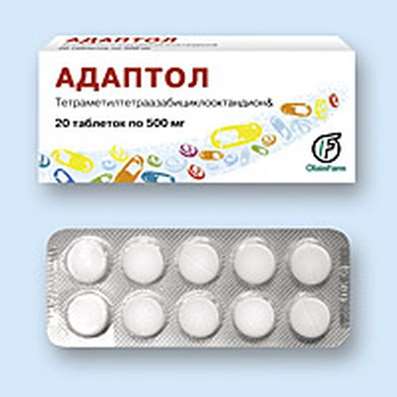Instruction for use: Polyestradiol phosphate (Polyoestradioli phosphas)
I want this, give me price
Pharmacological group
Estrogens, gestagens; Their homologues and antagonists
Antineoplastic hormonal agents and hormone antagonists
Nosological classification (ICD-10)
C61 Malignant neoplasm of prostate
Adenocarcinoma of the prostate, Hormone-dependent prostate cancer, Hormone-Resistant Prostate Cancer, Malignant tumor of prostate, Malignant neoplasm of prostate, Carcinoma of the prostate, Locally-distributed non-metastatic prostate cancer, Locally advanced prostate cancer, Locally spread prostate cancer, Metastatic prostatic carcinoma, Metastatic prostate cancer, Metastatic hormone-resistant prostate cancer, Non-metastatic prostate cancer, Incompatible prostate cancer, Prostate Cancer, Prostate cancer, Common prostate cancer, Testosterone-Depot Prostate Cancer
E28 Ovarian dysfunction
Dysfunction of the sex glands, Abnormal ovarian function, Non-functioning ovaries, Primary dysfunction of the ovaries, Decreased function of the sex glands, Estrogen insufficiency
N95.1 menopausal and menopausal status of women
Atrophy of the mucosa of the lower genital tract, caused by estrogen deficiency; Vaginal dryness; Autonomic dysfunction in women; gipoestrogeniya state; Deficiency of estrogen in menopausal women; Degenerative changes of the mucous membrane in the menopause; Natural menopause; an intact uterus; climacteric; Menopause women; Menopause in women; menopausal depression; Climacteric ovarian dysfunction; Menopause; Climacteric neurosis; Menopause; Menopausal symptoms complicated psychovegetative; Climacteric syndrome; Climacteric vegetative disorders; Climacteric psychosomatic disorder; menopausal disorders; Menopausal disorders in women; menopausal condition; Climacteric vascular disorders; Menopause; Menopausal vasomotor symptoms; menopausal period; Lack of estrogen; Feeling the heat; Pathological menopause; perimenopause; menopause; postmenopausal; Premature menopause; premenopauznom period; tides; hot flashes; flushing in the Meno and postmenopausal; Hot flashes / hot flashes in menopause; Heart attack during menopause; Early menopause in women; Disorders of menopause; climacteric syndrome; Vascular complications of menopause; Physiological menopause; Estrogendefitsitnye state; premature Menopause
Code CAS 28014-46-2
Pharmacology
Pharmacological action - antitumor, estrogenic.
It binds to the estrogen receptors of target cells. After the / m introduction gradually hydrolyzed, releasing estradiol, which ensures a long-term maintenance of its high concentration in the plasma. It shows the properties of estrogens. Influencing the hypothalamic-pituitary system, by the mechanism of "feedback" reduces the production of testosterone by 80-90% of the initial level.
Application of Polyestradiol phosphate
Prostate cancer (for palliative therapy in advanced stages). In women, estrogen deficiency (climacteric syndrome, etc.).
Contraindications
Hypersensitivity, expressed violations of liver function, thromboembolic syndrome, active thrombophlebitis, prolonged immobilization, Dubin-Johnson syndrome, hereditary pigmentary hepatosis, sickle-cell anemia, Rotor syndrome. In women - pregnancy, breast-feeding, menorrhagia, unspecified genesis, estrogen-dependent tumors, endometriosis, anamnestic signs of jaundice and otosclerosis, developed during pregnancy.
Restrictions for use
Chronic heart and kidney failure, arterial hypertension, epilepsy, migraine, porphyria, cerebrovascular disease, ischemic heart disease.
Side effects
Nausea, vomiting, headache, decreased mental performance, depression, thromboembolism, arterial hypertension, sodium and water retention, gynecomastia, decreased libido, impotence in men, allergic reactions (skin rash, bronchial obstruction syndrome, anaphylactic shock).
Routes of administration
In / m (intramuscularly).
Precautions
Systematic control of blood pressure (arterial pressure), functional state of the liver, and in patients with diabetes mellitus - a glycemic profile is necessary.
special instructions
Before the planned surgery, associated with an increased risk of thromboembolism, treatment should be discontinued 6 weeks before the operation. Treatment cancellation is necessary for prolonged immobilization, the appearance of migraine headaches, sudden visual impairment (suspicion of retinal vein thrombosis), development of thrombophlebitis or thromboembolism, cholestatic hepatitis, and increased blood pressure.

 Cart
Cart





